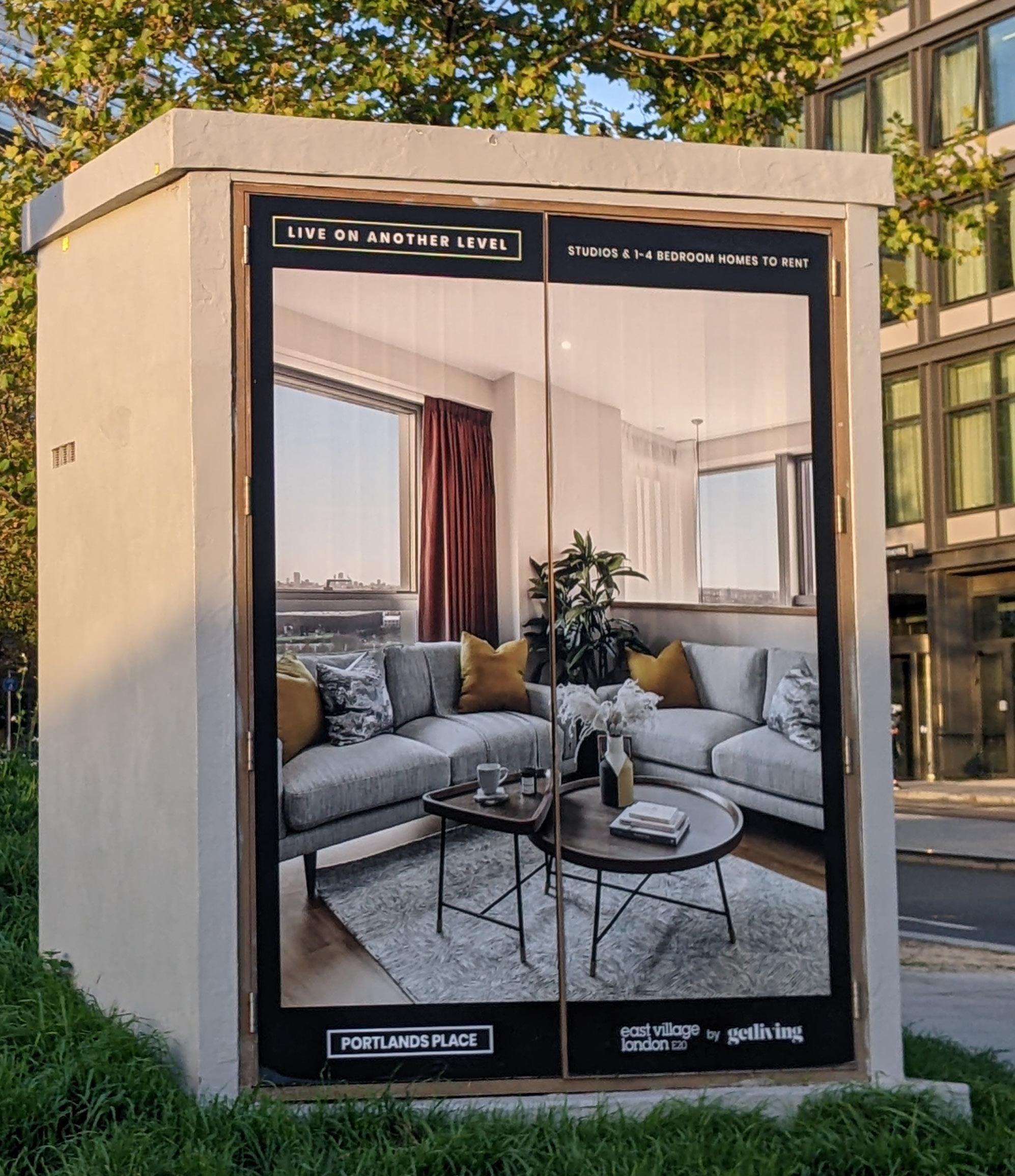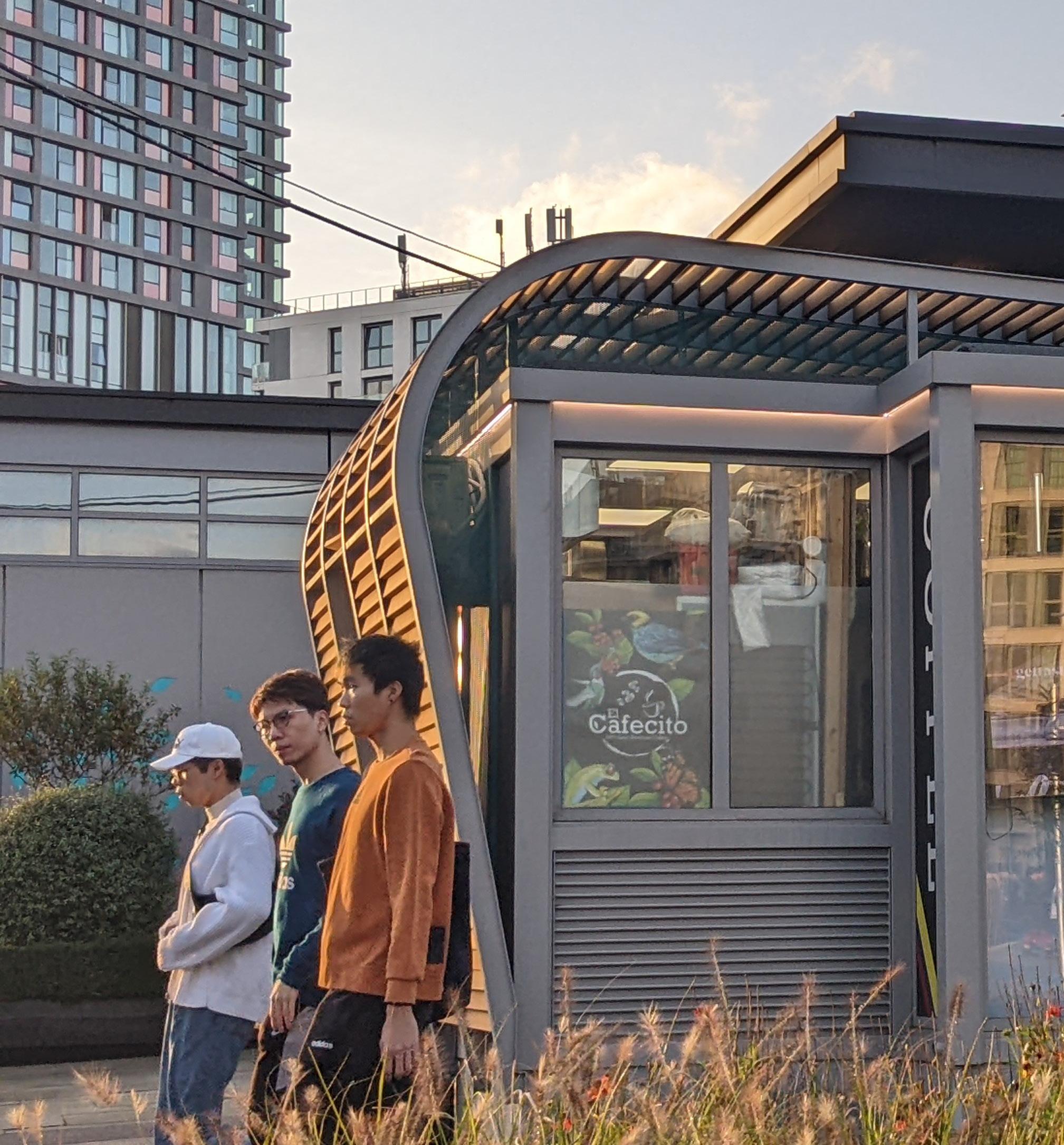unaffordable spaces, unequal living transient communities different pathways to participation widen the gap 1. 2. 3.
These are the messages, thoughts, and findings of Zeinab (not real name), a local resident and citizen social scientist from Newham.
Zeinab conducted research on the obstacles to prosperity that local residents in Chobham Manor & East Village experience, as part of the Prosperity in east London 2021-2031 Longitudinal Study.
To find out more about Zeinab and Prosperity in east London 2021-2031, take a look at the final pages of this zine.
Published March 2023
unaffordable spaces, unequal living 1.
Given the mix of social housing, shared ownership and private housing, Chobham Manor and East Village comprised of residents from starkly different backgrounds.Yet, residents with different tenancy backgrounds expressed a shared feeling that living costs were rising and that housing, amenities, and shops in their neighbourhood were unaffordable. How they responded to these rising costs, however, varied significantly. While some could eat out less or avoid expensive shops, others waited in line at food banks.
“Even affluent residents don’t necessarily have the disposable income to be spending on the artisan shops in the area”
- Jim, local amenities manager
Kelly, a mother living in East Village social housing, said that even though she works fulltime, almost all her income is spent on rent
Jane, a private tenant living on an average wage in the East Village, shares her flat with 2 people. Without sharing, she would be unable to afford rent
transient communities 2.
Given high living costs, many of the residents in East Village and Chobham Manor could not afford to stay long-term. Young professionals who could only afford to stay there by sharing accommodation eventually planned on moving elsewhere on their own. Foreign residents on short-term visas also soon left. For lower income residents in social housing, the high living costs also made it difficult for them to stay. Although many liked the comfortable surroundings and nice buildings, some spoke of looking for cheaper alternative housing. These constant movements made communities transient.
Kelly is looking for cheaper housing elsewhere. her social housing unit in East Village is too costly.
“The area is pretty good – clean, safe. But housing is expensive. Despite social housing, rent it is still very high. If I work full time, all my income would be spent on rent and that doesn’t make it easy. I’m looking elsewhere for more affordable social housing”
Jane would like to continue living in East Village but can’t afford living there solo.
“The place is very convenient in terms of transport, It’s more appealing to working professionals who work central. But residency seems transient in nature. People live here for a few years then move on. I would continue living here to explore more if I could, but it’s not a possibility. I’m not able to afford it solo.”
Cora, a 60+ year-old lady who lives on her own in a social housing unit in East Village, wants to stay for as long as she can but feels lonely.
“I’ve had the same neighbours for 7 years but I only know them by face, not by name. we’re not on talking terms. It also applies to others in the block, I’m not close to anybody. Everybody keeps themselves to themselves. I volunteer at the food bank and I’m involved with the tea dance at Newham Town Hall once a month. If it was more frequent, I would be there”
Zeinab
Citizen Social Scientist in her early 30s.
Grew up in Newham and continues to live there. (not her real name)
To read more about the Prosperity in east London 2021-2031 study, visitwww.prosperity-global.org/prosperityineastlondon
For more zines by our citizen scientists, please visitwww.prosperity-global.org/citizen-science-academy













